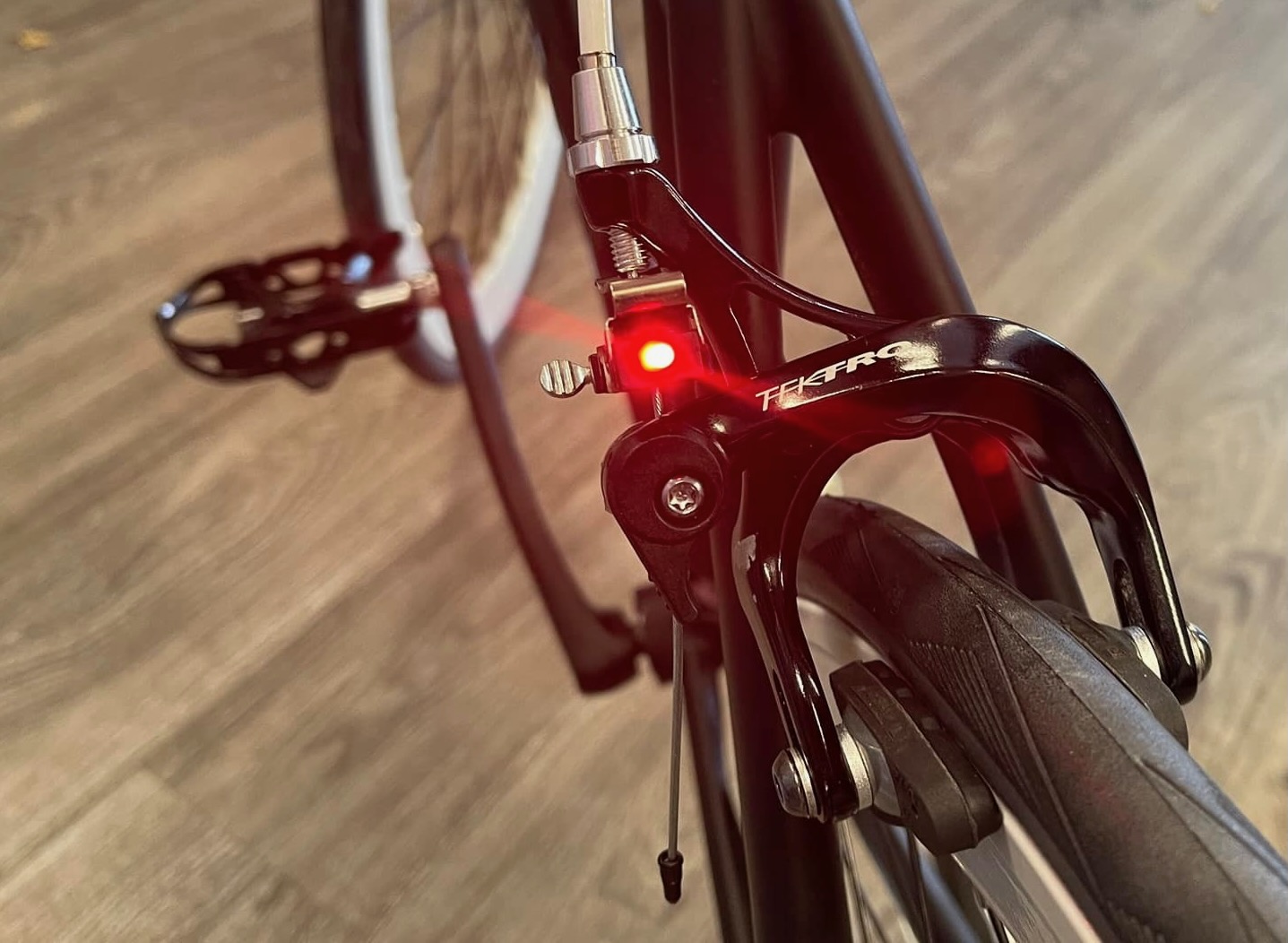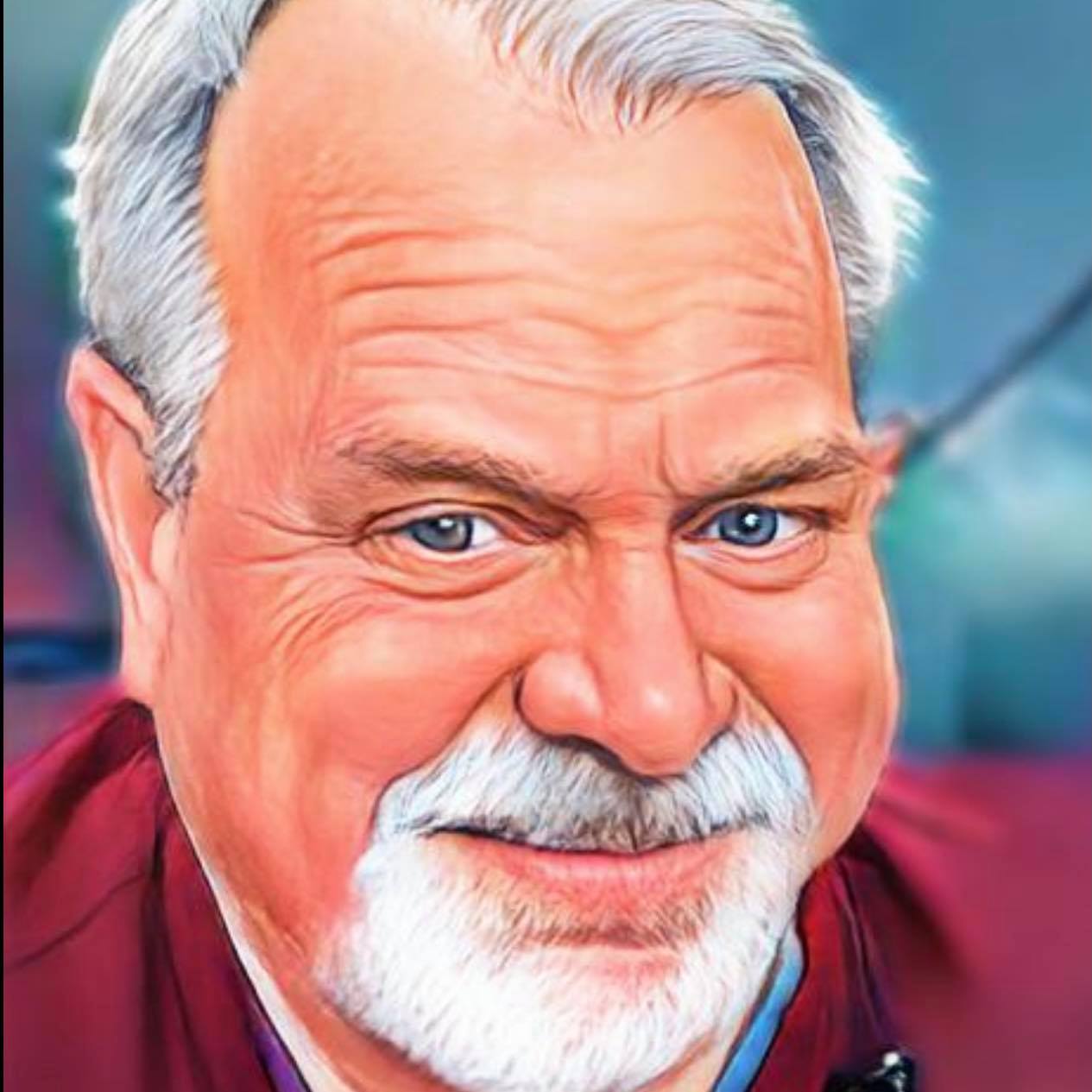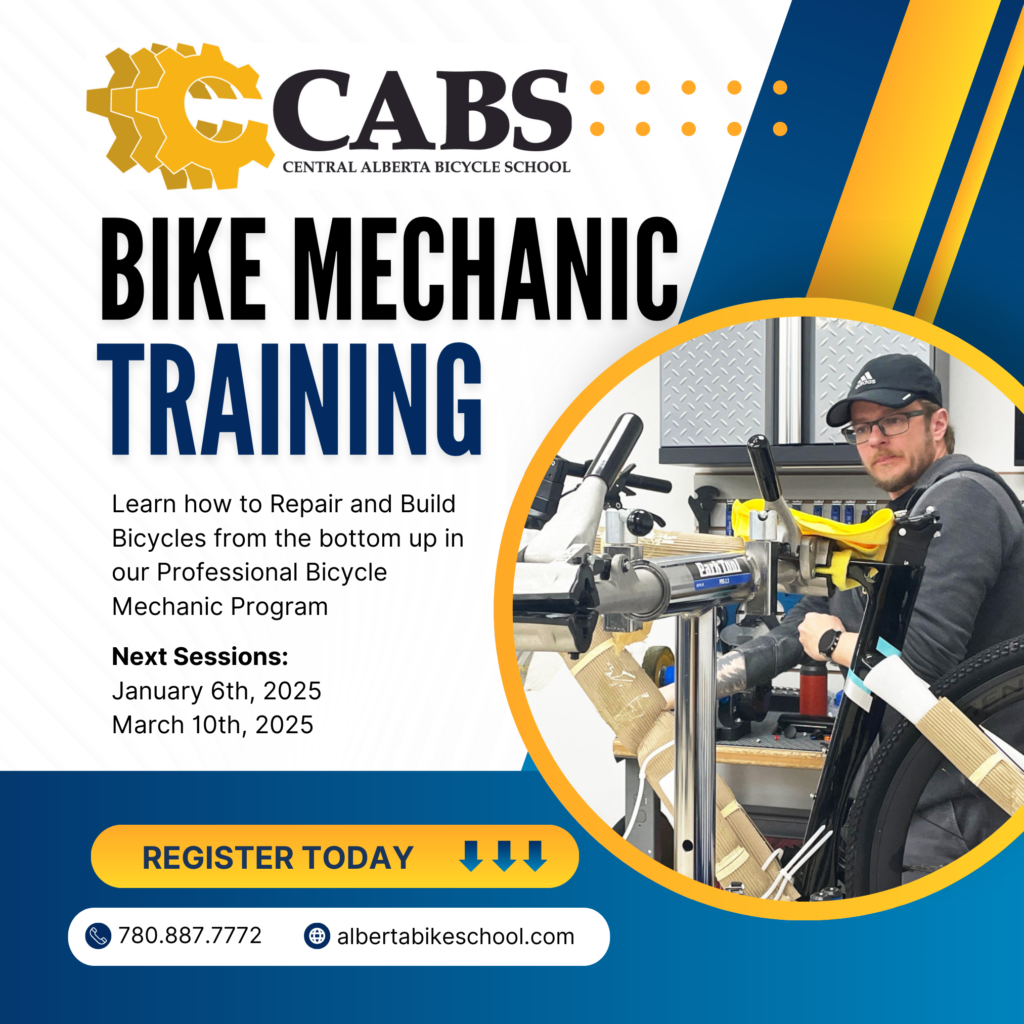
Bicycle braking systems are essential components that enable riders to control their speed and come to a safe stop. There are two primary types of braking systems used on bicycles: rim brakes and disc brakes. Here's how they work:
- Rim brakes: Rim brakes are the most common type of braking system used on bicycles. These brakes operate by squeezing a rubber brake pad against the wheel rim, which creates friction and slows down or stops the bicycle. There are two types of rim brakes: caliper brakes and linear-pull brakes. Caliper brakes work by squeezing the brake pads together using a single pivot point while linear-pull brakes use a pair of pivots for greater stopping power.
- Disc brakes: Disc brakes operate by using a metal disc rotor attached to the wheel hub and a caliper containing brake pads to stop the bicycle. When the rider applies pressure to the brake lever, the caliper squeezes the brake pads against the rotor, creating friction and slowing down the wheel.There are two types of disc brakes: mechanical and hydraulic disc brakes. Mechanical disc brakes operate using a cable system to activate the caliper, while hydraulic disc brakes use a more complex fluid system.
Rim Brakes Systems
There are three types of rim brakes commonly used on bicycles: caliper brakes, linear-pull brakes, and cantilever brakes. Here is a closer look at each type and its history:
- Caliper brakes: Caliper brakes are the oldest and most common type of rim brakes used on road bikes. They work by squeezing two brake pads onto the rim of the wheel, creating friction and slowing down the bike. Caliper brakes were popularized in the 1920s and 1930s and were made of steel. They were generally unreliable and required frequent adjustments. Modern caliper brakes, starting from the 1970s to now, are made of lightweight materials such as aluminum and designed for a more robust and reliable performance.
- Linear-pull brakes: Linear-pull brakes, also known by their brand name, V-brakes, were introduced in the late 1990s and are commonly found on mountain bikes. They work similarly to caliper brakes but use a different mechanism to increase braking power. Linear-pull brakes have parallel arms that exert on the sides of the wheel’s rim, giving them increased stopping power. They are more comfortable to maintain than caliper brakes and have replaced the old t-shaped cantilever brakes on some mid-range road bikes.
- Cantilever brakes: Cantilever brakes were widely used in the 1980s and 1990s, primarily on touring bikes and cyclocross. Cantilever brakes use a pair of arms that pull on the brake cables to clamp the brake pads on the rim's sides. Cantilever brakes are lightweight and can provide better clearance for wider tires. Their primary drawback is that they are somewhat challenging to adjust to achieve optimal stopping power.
The Advantages of V-brakes vs. Caliper Brakes
V-brakes offer several advantages, including relatively easy maintenance, good stopping power, and compatibility with many different types of bikes. They are particularly well-suited to mountain bikes and other bikes that need to stop quickly in off-road conditions since they tend to provide more decisive and powerful braking than other types of rim brakes.
In general, caliper brakes are shorter in length, lightweight, and offer a more straightforward technology for cyclists who want a more straightforward maintenance routine. Linear-pull brakes and Cantilever brakes are reliable and consistent and provide practical solutions that cater to specific riding conditions.
Cable Activated Disk Brakes
Cable-activated disc brakes are a type of bicycle brake system that uses a cable to engage and disengage the brake caliper. These brakes consist of several components, including brake pads, a metal rotor, a caliper, and a cable connecting the brake lever on the handlebars to the caliper.
When the rider pulls the brake lever, the cable tightens, causing the brake caliper to move inward, bringing the brake pads into contact with the metal rotor on the wheel hub. The friction created between the brake pads and the rotor creates stopping power, slowing down or stopping the wheel.
Cable-activated disc brakes are characterized by their reliability, simplicity, and ease of maintenance. Because they do not rely on hydraulic fluid, they are not prone to fluid leaks, making them easier to maintain and adjust. The brake pads, rotor, and cables can be easily replaced when worn or damaged.
One of the drawbacks of cable-activated disc brakes is relatively inferior stopping power compared to hydraulic disc brakes. However, their stopping distances are still superior to rim brakes in most situations. Moreover, they may require more manual adjustment to maintain optimal performance, especially in changing weather conditions.
A well-maintained cable-activated disc brake system offers an effective and reliable option for cyclists of all levels. In addition, changing conditions affecting the brake's performance can be quickly resolved with regular checks and adjustments to prevent brake fade and loss of stopping power.
Hydraulic Activated Disk Brakes
Hydraulic brakes are a type of braking system used in modern bicycles. They work by using the pressure of hydraulic fluid to convert the force applied to the brake lever into stopping power.
When you engage the brake lever on a hydraulic brake system, it compresses a piston located in the brake lever. This, in turn, forces hydraulic fluid through a hose and into the brake caliper located near the wheel. As the fluid reaches the brake caliper, it pushes the brake pads into contact with the brake rotor, causing friction and slowing or stopping the bike's wheel.
Overall, both rim brakes and disc brakes provide reliable stopping power for bicycles. When building a bicycle for a specific rider and choosing a braking system, consider factors such as weight, cost, maintenance, and desired braking power.

Brian Hahn is a fully certified professional bicycle mechanic, a former member of the PBMA and an instructor of CABS. He has been published in several publications on varied topics. Over the past six years he has taught both the BAM Certification program and the Bicycle Building and Wheel Truing Certificate courses. You can also connect with him on our Workshops throughout the year.

